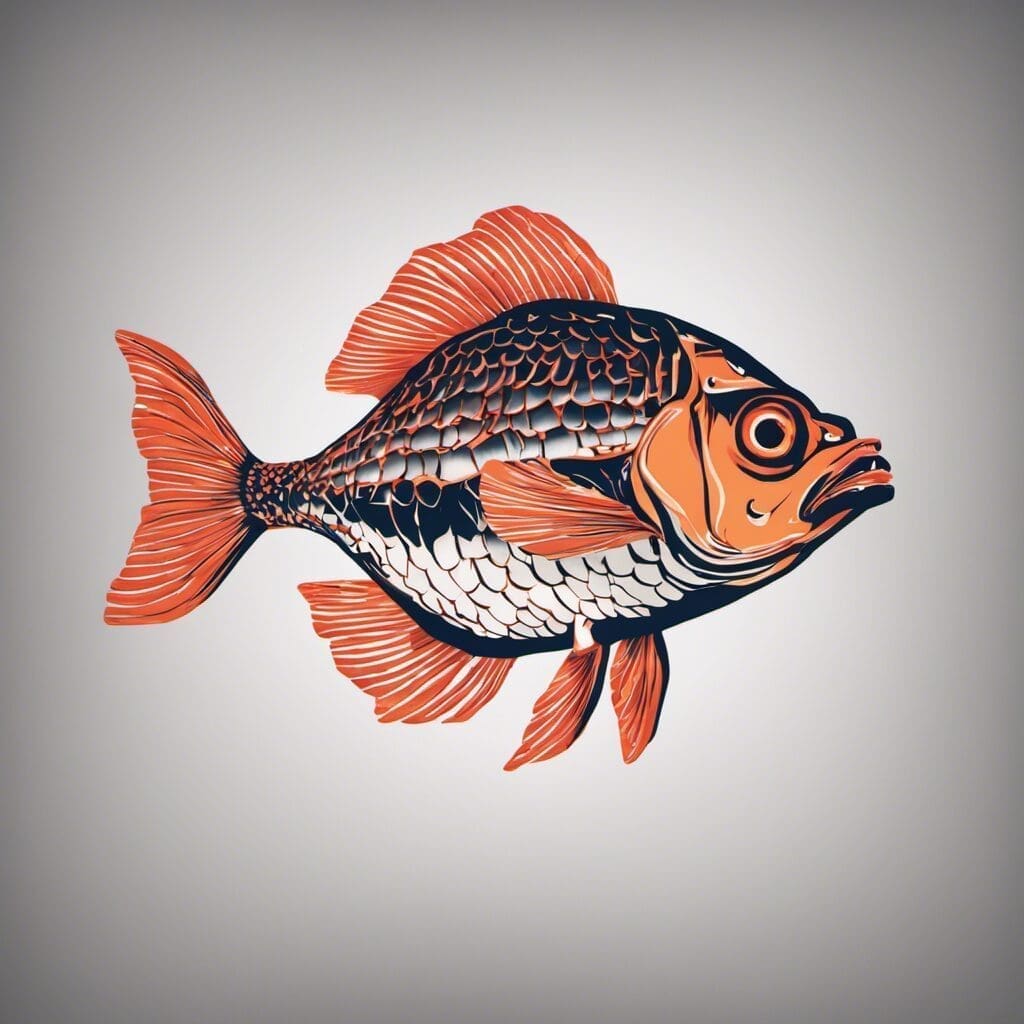Introduction
The Dentex is a unique species of fish that belong to the family Sparidae. Known for their larger size and beautiful coloring, these fish species are a prized catch for many anglers across the world.
Conservation Status
Dentex fish have yet to be assessed for their conservation status by the International Union for Conservation of Nature (IUCN). However, due to their popularity amongst anglers, there have been efforts to maintain and monitor their populations in their natural habitats to prevent overfishing.
Statistics
| Statistic | Average | Range |
|---|---|---|
| Length | 50 cm | 20-100cm |
| Weight | 7 kg | 1-15 kg |
| Average Lifespan | 10 years | 8-14 years |
Distribution
Dentex fish are mainly found in the waters of the Mediterranean Sea. They are also known to migrate to the warmer waters around the Canary Islands during certain times of the year.
Habitats
Suitable for marine biomes, Dentex tends to prefer waters of moderate depths, usually between 30 and 100 meters. They thrive in temperatures typically found in subtropical climates.
When and Where to See
Dentex are typically active during the daylight hours, specifically the early morning and late afternoon. They are most observable during the summer months when they come closer to the surface to feed.
Best Fishing Locations
Top Fishing Locations
- Mediterranean Sea
- Canary Islands
- Adriatic Sea
General Tips
If specific locations aren’t known, look for areas where seaweed is abundant as Dentex fish enjoy such habitats.
How to Catch
The preferred bait for catching Dentex includes small fish and cephalopods. Fly fishing techniques have proven to be successful. The best time of day to fish for Dentex is during the early morning or late afternoon.
Identification Guide
Dentex fish are easily identifiable by their gray-bluish body, strong jaws, and large canines. They should not be confused with similar species such as the Red Porgy which has a more pinkish hue.
Culinary
Dentex is known for its white, firm meat that is often grilled or baked. Its taste profile is delicate yet rich. A common recipe includes Dentex with lemon and herbs. It is high in protein and low in fat.
Additional Information
Dentex are carnivorous and feed on smaller fish and invertebrates. They are known for their aggressive behavior during feeding. Predators of Dentex include larger species of shark and human-induced threats include overfishing.
References and Further Reading
For more information, consider the following resources:

